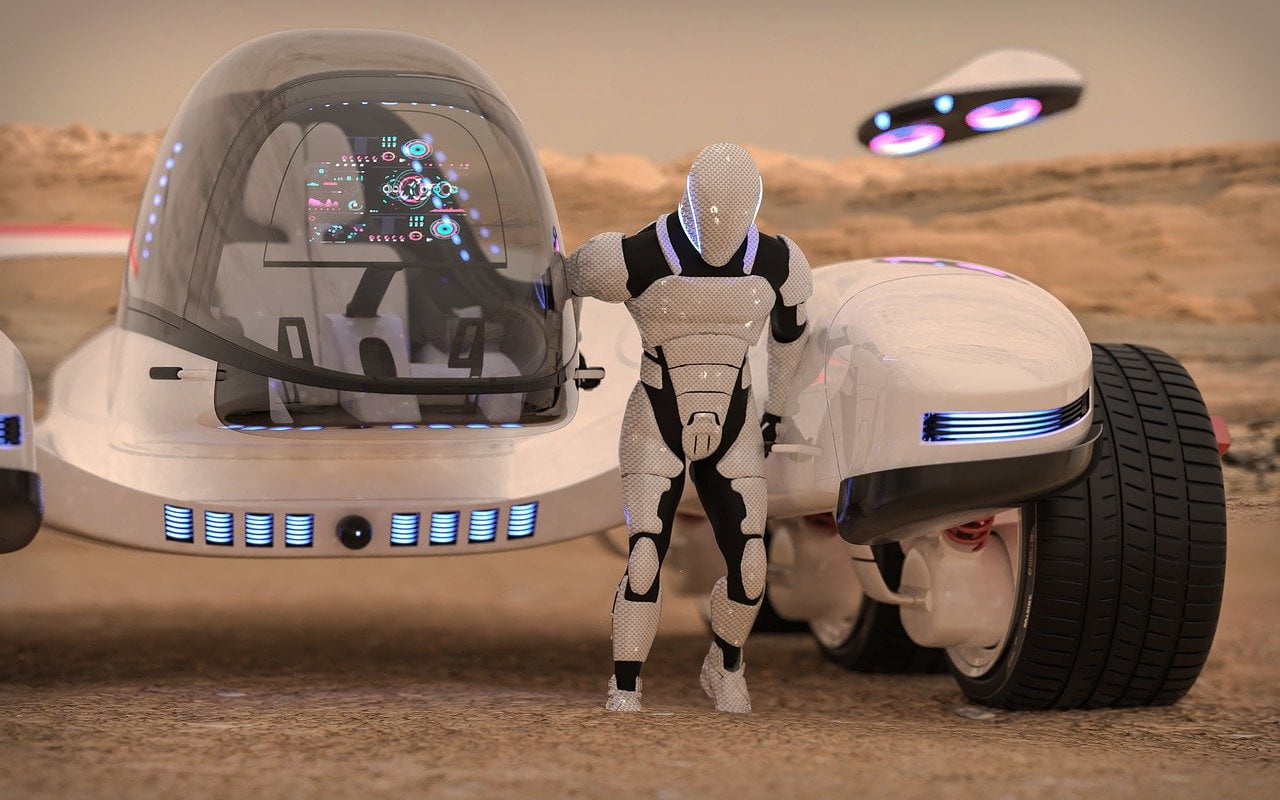On a bright sunny day in the August of 1849, the streets of Venice were crowded with happy faces celebrating Festa della Madonna della Salute. The revelers had little idea that soon, the sky above them would not only put an end to the festivities, but also would lead to their country’s surrender to Austria.
For the first time in the history of wars, pilotless hot air balloons were used to drop bombs in the enemy territory. The technology was developed after World War I. It came to be known as drones several years later.
Introduction
Unmanned Aerial Vehicles (UAVs) or drones, are rapidly growing in popularity. From a military innovation, to an exciting hobby, to a technology that’s transforming commercial industries, the use of drones has rapidly changed over the past year. And future opportunities in the field are limitless.
History
Drones have been around for more than two decades, but their roots date back to World War 1 when both the US and France worked on developing unmanned aeroplanes. Drone technology is constantly evolving and in recent years has seen groundbreaking progress.
Drone technology can be broken down into seven generations:
- Generation 1: Basic remote control aircraft of all forms.
- Generation 2: Static design, fixed camera mount, video recording and still photos, last but not the least, manual piloting control.
- Generation 3: Static design, two-axis gimbals, HD video, basic safety models, assisted piloting.
- Generation 4: Transformative designs, Three-axis gimbals, 1080P HD video or higher-value instrumentation, improved safety modes, autopilot modes.
- Generation 5: Transformative designs, 360° gimbals, 4K video or higher-value instrumentation, intelligent piloting modes.
- Generation 6: Commercial suitability, safety and regulatory standards based design, platform and payload adaptability, automated safety modes, intelligent piloting models and full autonomy, airspace awareness.
- Generation 7: Complete commercial suitability, fully compliant safety and regulatory standards-based design, platform and payload interchangeability, automated safety modes, enhanced intelligent piloting models and full autonomy, full airspace awareness, auto action (takeoff, land, and mission execution)
The Gen 7 drones are already underway and will be a game changing addition to drone technology.
Drone Technology Usage In Military
Military usage of drones has become the primary use in today’s world. While military drones have been used for over a decade, apart from this, smaller, portable drones are now being used by ground forces on a regular basis. Used as target decoys, for combat missions, research and development, and for supervision, drones have been part and parcel of the military forces worldwide.
According to a recent report by Goldman Sachs, military spending will remain the main driver of drone spending in the coming years. Goldman estimates that global militaries will spend $70 billion on drones by 2020, and these drones will play a vital role in the resolution of future conflicts and in the replacement of the human pilot.
Drone Technology Use In Agriculture
Farmers across the world are continuously striving to reduce costs and expand yields.
With the use of drones, agricultural workers are able to gather data, automate redundant processes, and improve efficiency. Another area where drones are gaining traction is the cultivation of crops— a process that can be repetitive, time-consuming, and detail oriented. Drones have also been used to pollinate flowers. This approach could one day prove helpful in compensating for the declining population.
Above all, it is actively used for humanitarian and disaster relief operations. Some other places where it’s used are surveillance for traffic, healthcare, weather forecasting, video shooting, etc.
Found this article useful? Read about 5G and communications in the upcoming days.
Future Of Drone Technology
Drones are already breaking barriers in the way companies do business. Huge corporations like Amazon and Google are testing ways to deliver packages with drones. Facebook is using drones to provide Internet connections in remote locations. And there’s even a start-up that’s using unmanned aircraft to deliver tacos to your door.
Smart drones with built-in safeguards and compliance tech, smart accurate sensors, and self-monitoring are the next big revolution in drone technology that would provide new opportunities in transport, military, logistics, and commercial sectors.
Conclusion
As these technologies continue to evolve and grow, drones will become safer and more dependable. Its uses and relevance will only grow with time. Hope this article was helpful, if yes, comment and share!




